Predator hunting is perhaps one of the most exciting types of fishing. It is always interesting to catch a hardened pike, pike perch or humpback perch: you need to show remarkable cunning and skill so that a born hunter “sat down” on the hook. And playing, which involves fighting a desperately resisting trophy – isn’t it pure adrenaline? This sport is available to everyone, without exception: if you do not have enough strength for spinning fishing , you can try yourself in fishing with live bait. Get enough adrenaline, and spend much less energy.
Today, the subject of our conversation will be methods of obtaining this most popular bait for catching a predator. We will figure out how to get it under any circumstances, both in open water season and on ice. We will also highlight the important issue of storing this delicate bait at home and when fishing, as well as give some tips on using live bait when catching a predator for various tackle. May fishing luck and favorable weather be with you in any season, colleagues!
Here is an overview of the content of this tutorial, feel free to jump to any section you care about:
For more fishing instructions, take a look at these popular Trizily links: Best Underwater Fishing Cameras, Best Spinning Rods.
What is live bait and why is it needed?
A predator is a natural born hunter: he eats exclusively with flesh. If a trifle like a grass perch often industriously hunts all kinds of larval worms, almost constantly feeding on insects and benthic organisms, then its “humpback” relative, not to mention pike and other larger predators, consumes mostly more modest ones of their own kind.
When fishing with a spinning rod, all kinds of artificial lures are used , which, with the professional actions of the angler, acquire the most realistic animation, similar to the behavior of potential prey. And with passive fishing methods, live bait is used, that is, a natural live fish. Of course, he will not survive active wiring, but being freely suspended on a hook, under favorable conditions and correct fitting, he is able to remain active for an hour or more.
Live bait attracts the hunter not only by its appearance and seductive smell, but also by its vitality. In other words, the fish on the hook should be lively, vigorous and correspond to the predator’s ideas about tasty and healthy food.
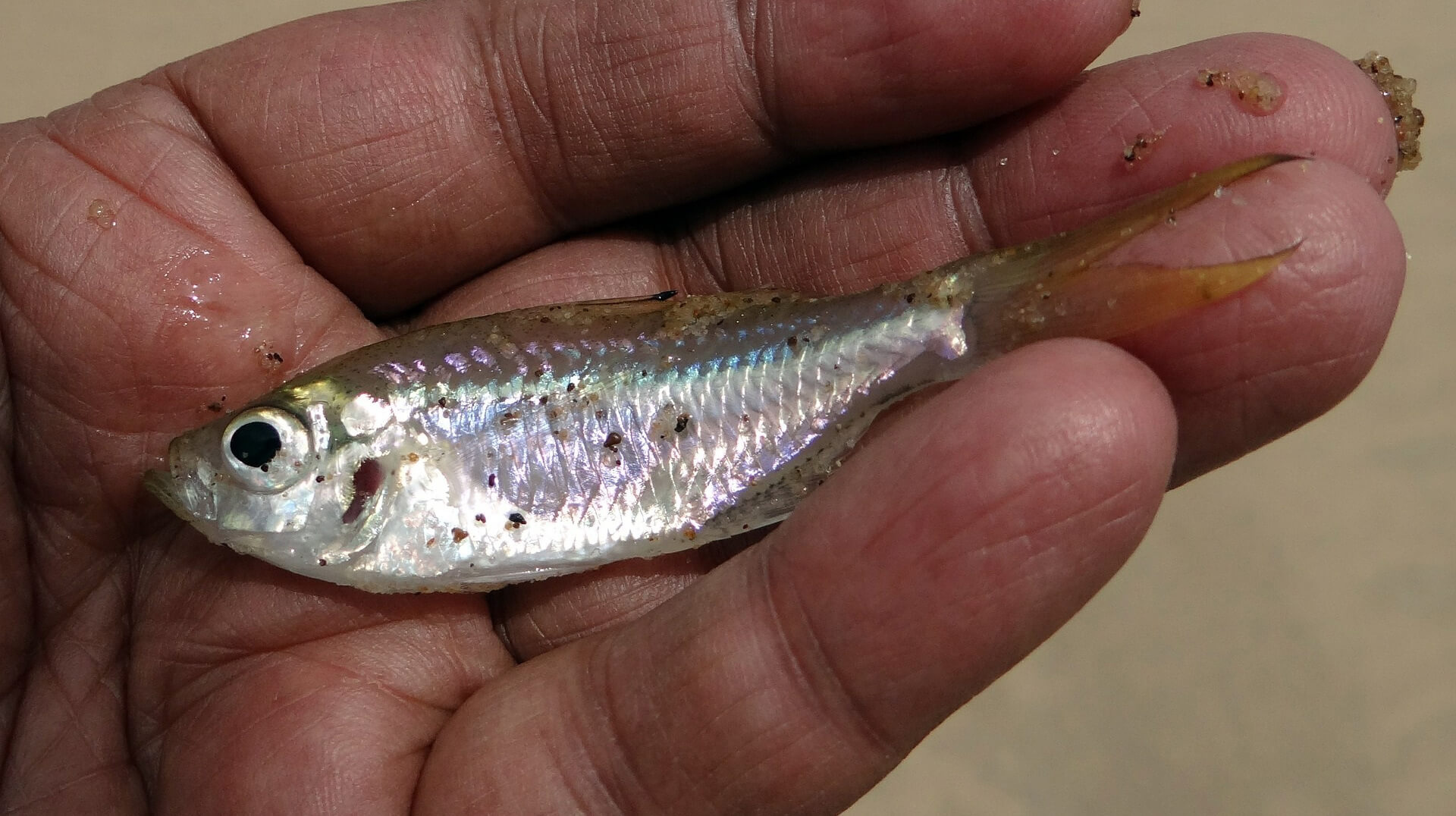
The choice of bait depending on the type of predator
Every living creature has a habitual food base. In the case of fish, it depends not only on the species and size, but also on the conditions of a particular reservoir. Of course, we will not be able to cover all rivers and reservoirs, but it is necessary to consider the general principles of the selection of bait for predators of various species:
- Pike . The most formidable hunter, poetically referred to as a “toothy torpedo”, is distinguished by a truly champion gluttony. The structure of the mouth allows you to swallow very large prey: the pike is able to gnaw fish up to 1/3 of its own size. So there is no universal advice here: a small herb can flatter a ten-centimeter fish, but for a solid predator, you need to take a large roach or crucian carp. The exception is the summer period: due to the seasonal change of teeth and the abundance of the food supply, the toothy torpedo begins to pick and choose: it is better to fish with a narrow live bait such as bleak or pinch.
- Catfish . For a large ship – a great voyage, that is, the largest possible bait. Catfish is not a very active hunter, especially in cold water: if it already opens its mouth, then only to swallow solid prey. A kilogram crucian carp or a bunch of fish smaller than the same mass is what you need. At the same time, the activity of potential prey is not too fundamental: the river colossus does not disdain even sleeping fish, and sometimes even frankly rotten.
- Perch . A small sailor is able to swallow only fry, but then another problem arises: the smaller the fish, the faster it falls asleep. Therefore, it is better to catch grass perch with a worm. A large humpback is also not too eager for a large one: give him a narrow-bodied prey such as bleak, 10-12 centimeters long, maximum, in order to immediately swallow it.
- Asp . This predator of the carp family does not have jaw teeth, and its mouth is not very large. It grinds prey with formations located in the pharynx, which limits its capabilities. In a word, you will have to plant the smallest thing on the hook – about 3-7 cm long. But in general, it is more productive to hunt asp with the help of active gear.
- Pike perch . It is best to catch pike perch and bersh for bleak, juvenile roach (up to 10-15 cm) or pinched: a large or unsuitable live bait will not pass into the mouth of this predator.
- Burbot . The most frost-resistant predator of the middle lane (freshwater cod) is distinguished by a record gluttony. He eats everything and everyone, up to ruffs and rotans, so you don’t have to bother with the choice of bait, the main thing is that at night the burbot can see or hear the proposed delicacy.
As we can see, most freshwater predators cannot remain indifferent to oily bleak or young roach. A good oozy spined fish and loaches, as well as lampreys, which in the strict sense of the word cannot be called fish.
When choosing a live bait, the vitality factor must also be taken into account: for example, pike and asp like very active live bait, and catfish will not disdain even dying fish. Crucian carp demonstrates the greatest viability, but due to its rounded body, it is inaccessible to many predators. Young perch are distinguished by excellent vitality, but they cannot be called a delicacy even with a big stretch: most predators hunt them out of hunger, with a choice, preferring prey more tasty, with tender fatty meat.
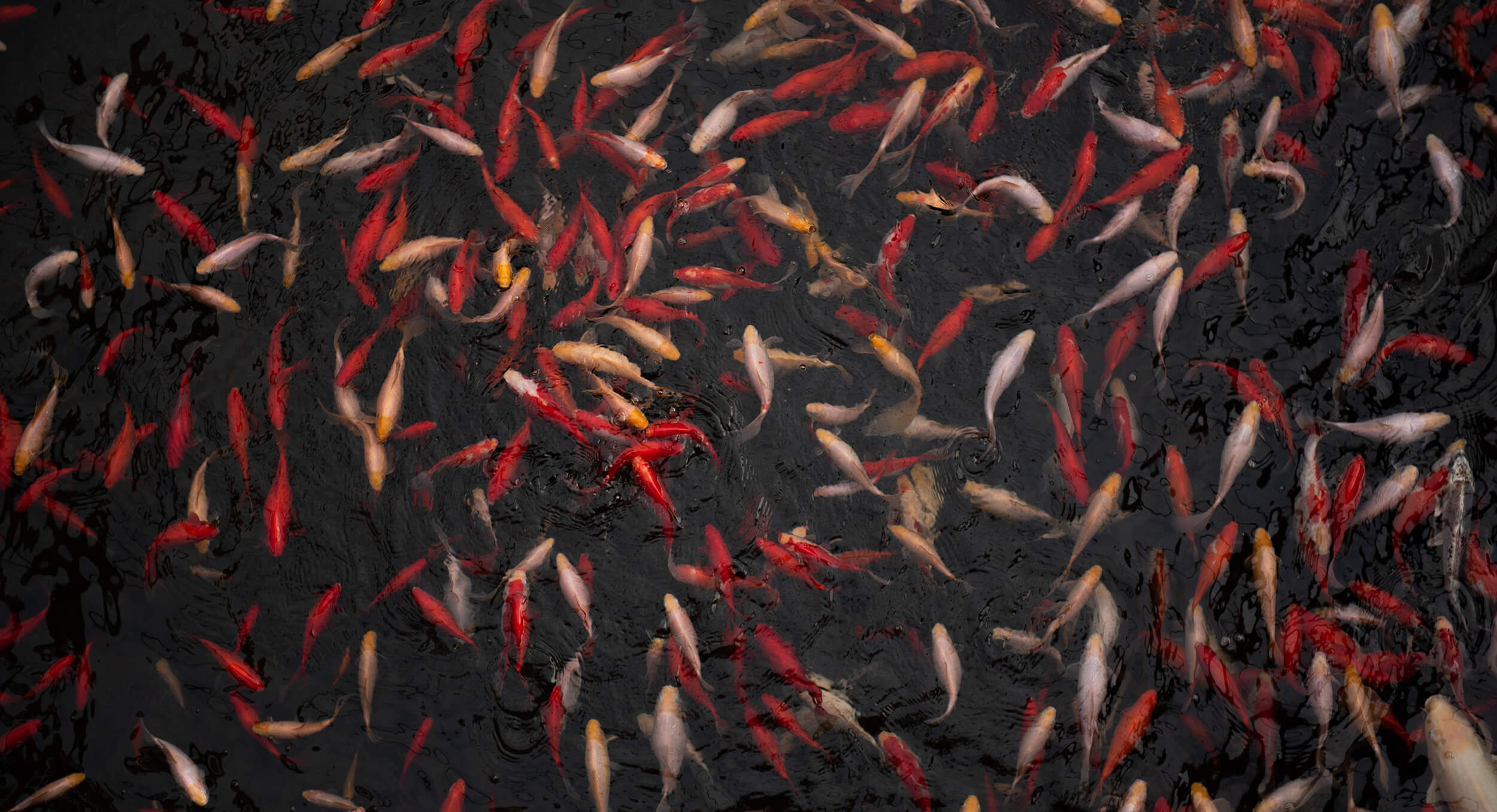
How to catch live bait in the summer
Fishing live bait in open water usually does not cause any special problems. It is especially easy to catch fry of bleak, perch, roach, crucian carp and others like them. These fish are very fertile, they give a lot of offspring, juveniles walk in flocks, often approaching the very shore. Small live bait is caught mainly with the help of improvised means and tackle with a net.
Let’s figure out the most popular devices that are relevant for catching live bait:
Bank . The design is outrageously simple: just a three-liter jar with a lid, in which a hole of 2-3 cm in diameter is cut. Sometimes, instead of a lid, gauze or light cotton fabric with a corresponding slot is used. The neck of the cylinder is securely tied with a rope, leaving a long enough end for casting and retrieving the device. The bait bread is placed in the jar and water is poured. After that, you need to place the jar in a reservoir in the places of the greatest accumulation of juveniles. After 20-30 minutes, the trap can be checked. Catching live bait can be impeded by a strong current. In this case, it is better to dig the jar so that the impromptu trap is not carried away in an unknown direction.
Plastic bottle… A very effective, yet simple trap. Making it requires a 5-6 liter plastic can, scissors, rope and a little patience. We take a bottle and cut it in a circle just below the stiffener. Next, we turn over the cut off upper part and insert it into the lower one with the neck down (the plug, of course, needs to be removed). To fix the structure, it is necessary to make holes around the circumference of the cuts after about 5 cm (you can use a hot nail) and, as it were, “sew” the elements together with a soft wire, rope or cord. It remains only to throw bread and pebbles into the neck, pour water to the top and place the trap in the reservoir. The design allows the fry to freely climb into the bottle in pursuit of a free meal, but in order to
Bucket . If you have a bucket on your farm that you are not sorry to say goodbye to, you can turn it into an artisanal scrubber. To do this, it is necessary to make holes in its walls and bottom. Next, you need to place a bucket under the shore, loading it if necessary, and providing it with bait. The trap should be located with its open side upstream. After a while, the fry will be interested in a new shelter, all that remains is to turn the bucket upside down and remove it from the water. The water will drain away, and only the small stuff teeming with fish will remain. If there are very, very many fry, you can catch it actively, scooping up water with a potential live bait with a leaky bucket.
Fine mesh landing net . There is a landing net in the arsenal of every angler (in any case, if you are going to hunt a large predator, it should be). From the boat, you can wield it like a butterfly net, catching juveniles and bleak and top water walking on top. If there is no boat, you should put the scoop landing net in shallow water, feed it on the net from above and wait until the fish gathers above it. The main thing here is the speed of the reaction.
“Spider” (lift, scribbler) . Before us is a tackle specially sharpened for catching trifles. It consists of metal rods arranged in a criss-cross pattern, with a fine-mesh network stretched over them. All this splendor is fixed on a rope that is tied to a pole. It is better to fish from a walkway or a boat, but it is also possible from the shore, if the length of the pole is sufficient to take the tackle to a site at least half a meter deep. The tackle must be put into working position: straighten it, throw in pieces of bread and pebbles, and then carefully place it in water. The net opens at the bottom, attracted by the smell of edible fry accumulates above it, the fisherman does not yawn and picks up the tackle, where a small fish is trapped in the netted “bag”.
By the way, you can catch a sufficient amount of live bait with the help of a do-it-yourself scribbler. Handicraft tackle can be built in literally half an hour, using thick but flexible rods of hazel or alder as a frame, and medical gauze or the rarest strainer as a mesh. The flexibility of the frame rods and the weight of the water on the fabric will provide the desired “bag effect”. Please note that according to the rules, it is allowed to use a network up to 1×1 m in size, with a cell up to 10 mm.
Cloth or gauze . In this case, a piece of very rare fabric without a frame (size – half a meter per meter) acts as a trap, which is laid out in shallow water or carried by hand. However, if you have a like-minded assistant, you can build a more convenient tackle on your own.
If you intend to catch large pike or catfish, fry as bait are clearly not suitable. Bigger livestock is usually caught using a float rod . The equipment is quite standard: any rod (even a walnut rod), a light float, the thinnest monofilament, a swallowing hook. Delicious bleach usually bites right at the surface; for other species, a more solid depth is set. The best bait will be bread, dough, pearl barley, bloodworms, maggots, or a worm fragment.
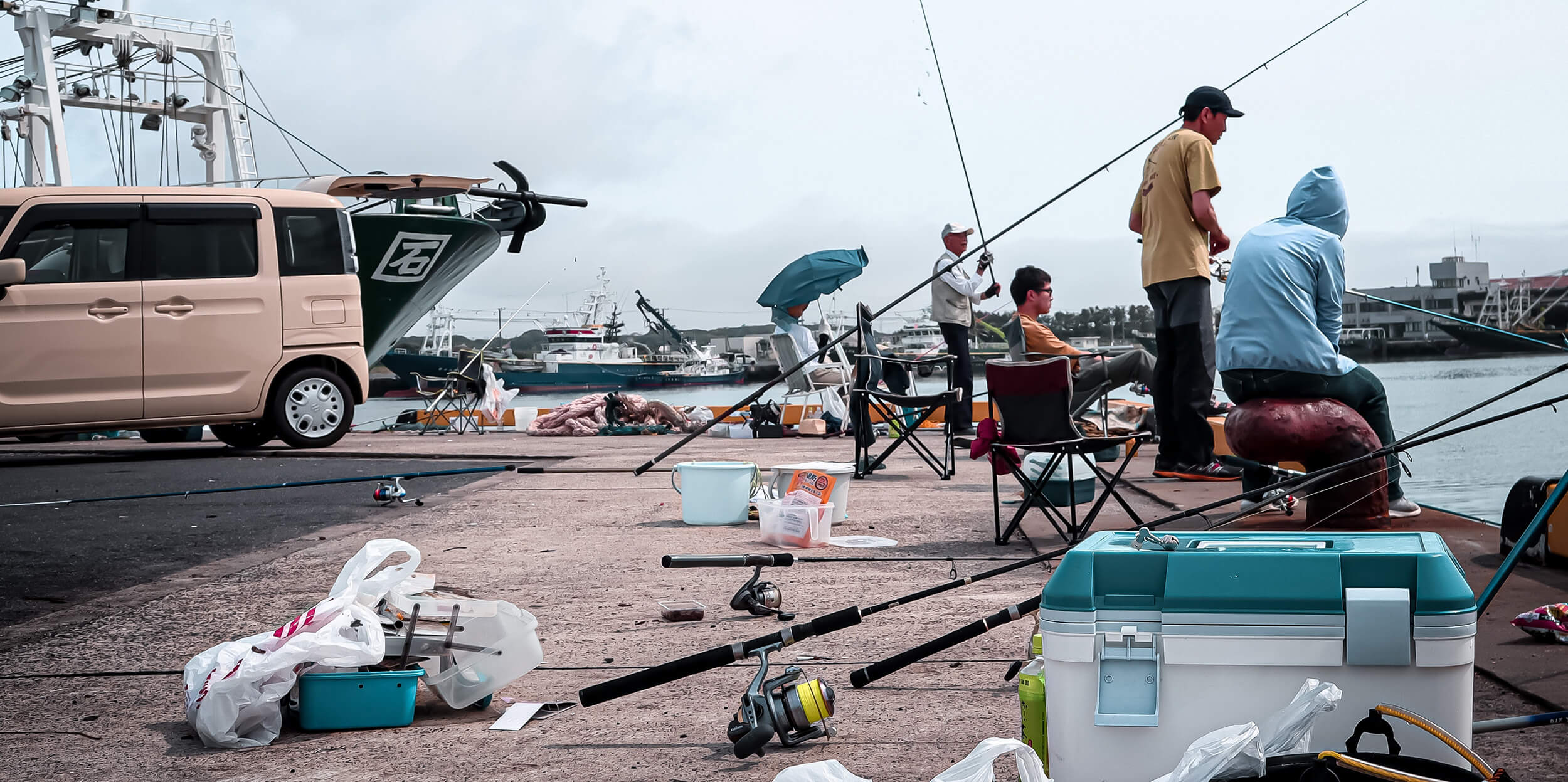
Winter fishing
When harvesting live baits in winter, it is necessary to take into account that already grown juveniles will have to be fished out from under the ice. This makes serious adjustments to the actions of the angler. Some fishermen even switch to other methods of fishing and bait. For example, pike perch in winter is often caught on sprat purchased fresh-frozen and subsequently thawed.
However, many pike anglers continue to use their favorite bait, despite the difficulties with its catch. In winter, live bait is usually obtained in the same ways as in summer, but their choice is limited. The most commonly used:
Bank . A glass jar with a lid is lowered into an appropriately sized hole in relatively shallow water. The jar should be closed with a lid with a hole: the fabric freezes, covering the cut “entrance”. By the way, the sight of young fish in the bank can attract a predator to the point of fishing.
Bottle . Completely similar to the summer method. It is very good to get to the place where bloodworms are concentrated in the silt: there you can catch a lot of live bait with minimal effort. But the task is complicated by the fact that the angler does not see what is happening under the ice.
Nodded fishing rod . You need the most sensitive tackle with a thin line and a miniature jig . A fishing rod is used when a larger live bait is needed. Sometimes they fish right under the ice, but more often they play with bait at a depth of 2-3 meters.
Spider . There are compact scavengers that can be used in winter fishing. It is enough to lower the spider into the hole when folded – and at the bottom it will take a working extended position. We feed it from above, wait, we take out the scrubber (it folds automatically and easily goes into the hole).
If you live in a large settlement and fish from time to time, there is no point in wasting time on self-extraction of bait, because a very active and marketable live bait can also be purchased in a specialized store.
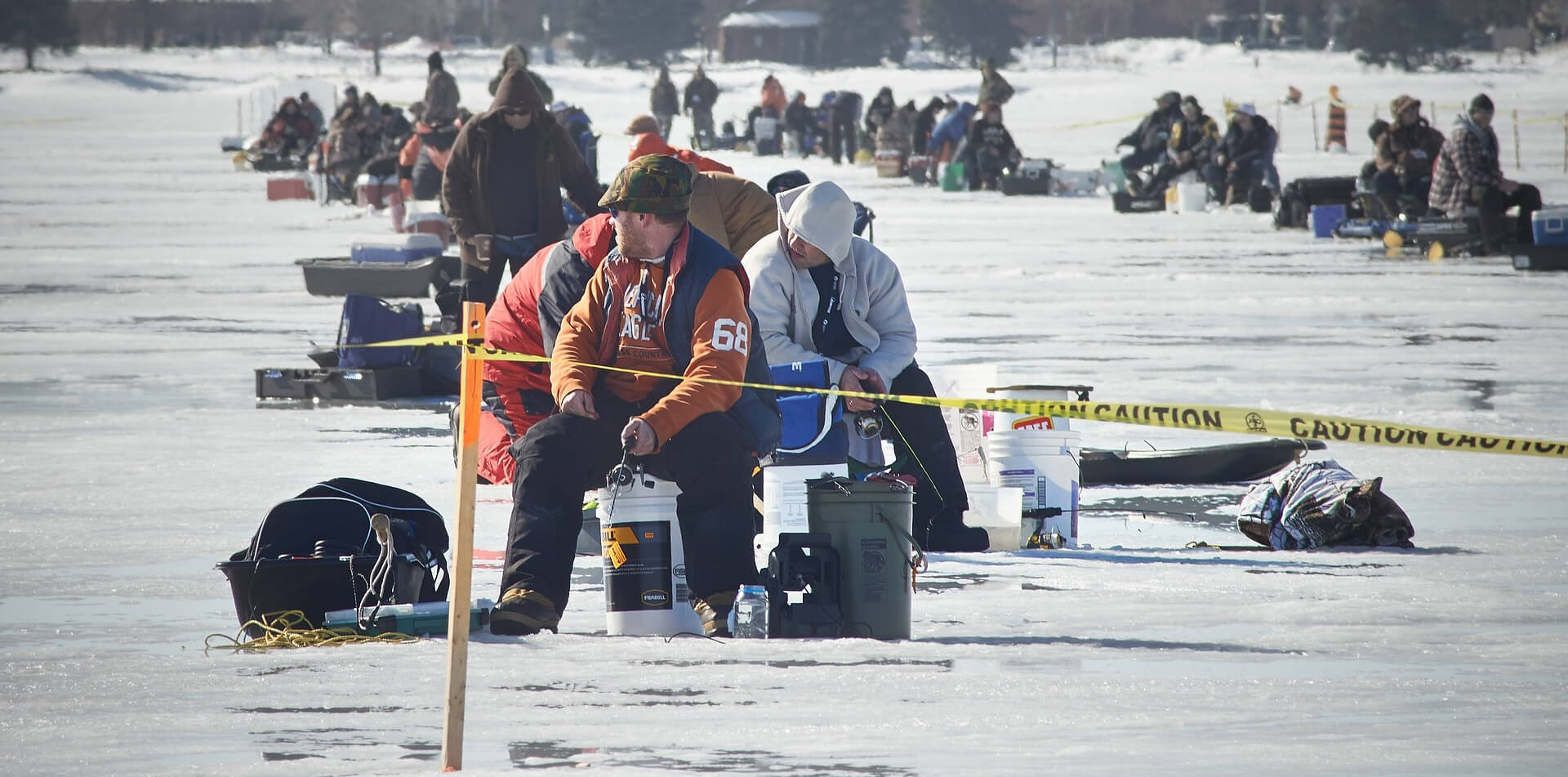
Live bait storage
It is unlikely that any angler wants to waste time catching live bait regularly. Therefore, many people prefer to catch the whole batch in one fell swoop, but here another problem arises: how to keep the potential bait alive and active.
Long-term storage requires special conditions. In fact, you will have to equip an impromptu aquarium with filtered water without chlorine, maintaining the temperature and aeration. Some avid fishermen manage in this way to maintain the vital activity of juveniles for several months (they usually stock up on bait in this way for the winter, when it is very problematic to catch fresh live bait).
When fishing in open water, the live bait is usually stored in cages lowered into the reservoir, choosing for this a shaded place among the thickets. But it must be borne in mind that the fry often leaves through the cells, so a plastic bucket or other container can be adapted for these purposes. You need to constantly monitor that the water does not get too hot, constantly change it and throw out the sleeping individuals. The bucket must be placed or buried somewhere under the bush, in the thickest shade. And it is better to purchase a special container for storing and transporting a live nozzle, ice packs and an aerator that replenishes the oxygen supply.
In winter, it is much easier to store live bait while fishing: you can simply put a container with it in an insulated box to avoid freezing. And some fishermen, with a slight frost, even build improvised pools right at the fishing site: they gouge depressions in the ice, fill them with water and launch potential bait there. Of course, this method is inapplicable in bitter frost.
Basic rules for fitting
If you plan to catch a large predator (pike, catfish), a large live bait is mounted on special doubles or tees. Smaller bait is planted on single hooks of the appropriate size.
The most popular single hook method is lip-fitting. The fish remains alive for a long time, but when attacking, the predator can simply rip it off the hook, leaving only a part of its lip on it. An alternative option is fixation through the nostril: the live bait is more injured, but it sits on the hook more securely. When using a double or tee, the fish is often thrust through the gills, passing the line through its mouth.
The method of fixation through the dorsal fin is very popular. Many anglers grab part of the back, increasing the reliability of the attachment, but reducing the vitality of the bait.
The most gentle way to keep live bait active for as long as possible is the option of fastening with a bank rubber band or thread, which is wrapped around the tail of the fish. In this way, the most delicate bait, such as a pinch, is usually attached. This method is also good for casting over long distances, when the force of inertia is fundamentally important, and the hook in the body of the fish can cause significant damage to it, negatively affecting its viability.
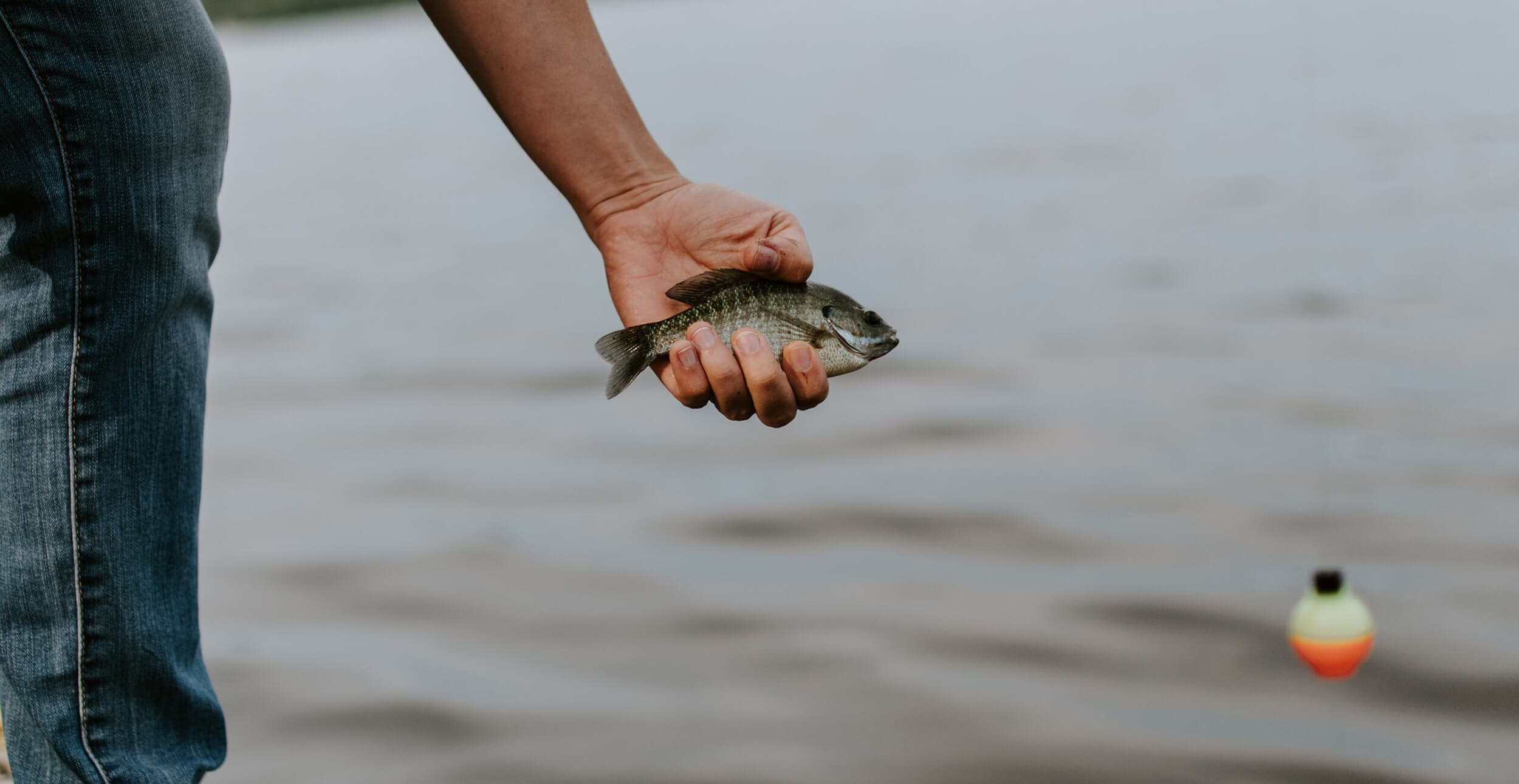
Fishing tips
Following the good old tradition, we conclude the next thematic publication with a series of practical tips for novice anglers:
- Try to follow the rules of amateur fishing in pursuit of live bait. Remember that all straining gear (tops, nonsense, “TVs” and so on) are prohibited. “Spider” is allowed, but its metric parameters should not exceed a square meter. It is unlikely that they will find fault with a piece of cloth or gauze, even on sticks.
- If possible, use only freshly caught bait, preferably from the same pond. A predator is not a person who wants to try dishes from exotic cuisine. The usual food is much dearer to him.
- Do not try to load the tackle with live bait: there are not as many trophy specimens as the anglers would like. At first, it is advisable to focus on individuals of at least average size.
- If you do not know which live bait is optimal, take bleak. During the period of maximum activity of the predator, for example, immediately after the ice melts or on the first ice, you can not bother too much with the choice of live bait. Surely not even too tasty, but a very tenacious perch will not stay away from the gastronomic interests of pike, pike perch or a larger relative. But in the summer, when the food supply is striking in abundance, you will have to pick up a more refined delicacy, for example, lamprey or pinched. The most versatile option is bleak: it lives longer than a pinch, tastes better than a perch, and has a perfectly runnable body, which even a hunter with a small mouth can comfortably swallow in one sitting.
- Don’t be greedy: catch as much live bait as you need for the current fishing, with a small margin. If you are not going to provide adequate storage conditions, why help reduce the number of freshwater fish fauna.
Hunting a predator for live bait is a fascinating hobby for real men who appreciate both the adrenaline that raises the blood from fighting a worthy opponent and the quiet contemplative Zen inherent in passive fishing methods. We hope that soon you will get your first predatory trophy with live bait caught in accordance with our recommendations!


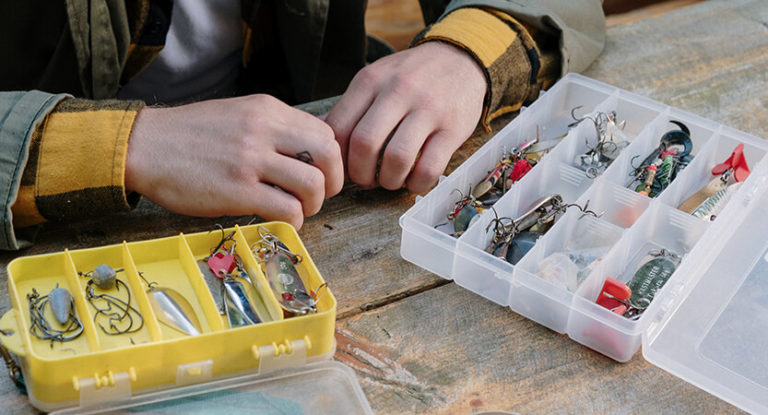
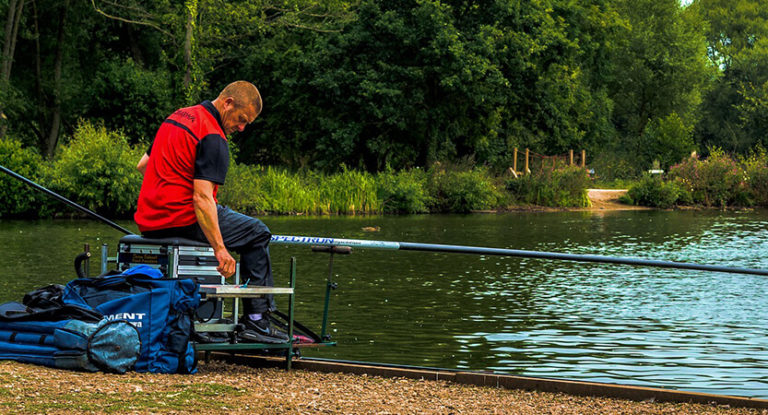
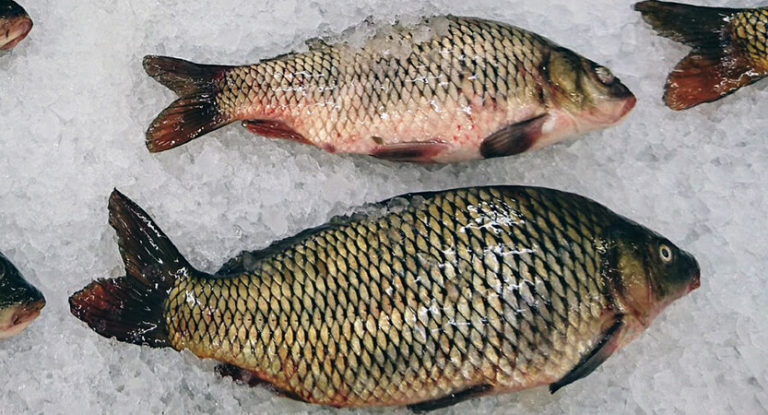
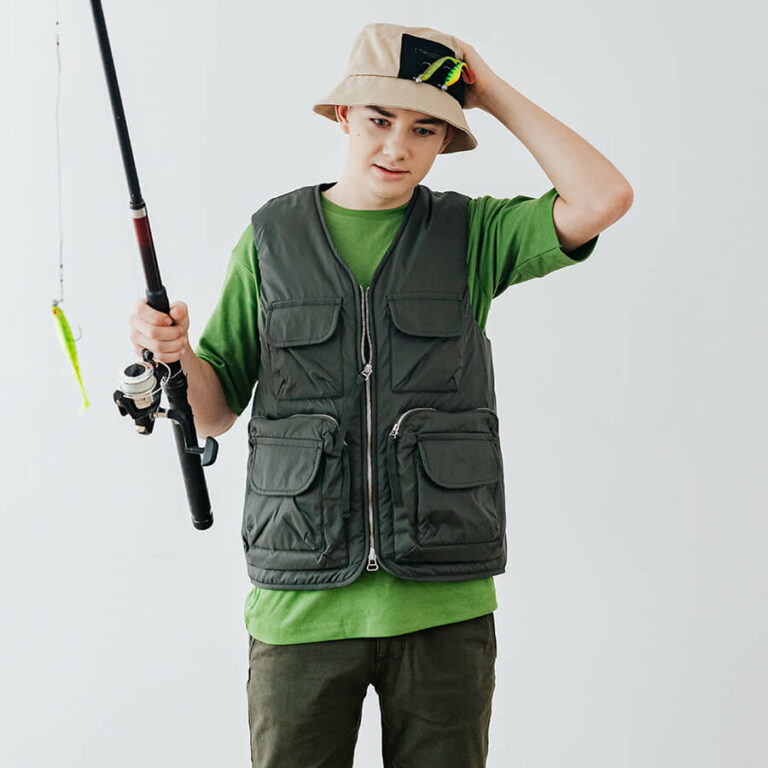
![The 9 Best Fishing Lines of 2023 [Tried & Tested] 28 The 9 Best Fishing Lines of 2023 [Tried & Tested]](https://trizily.com/wp-content/uploads/2021/12/best-fishing-lines-768x415.jpg)